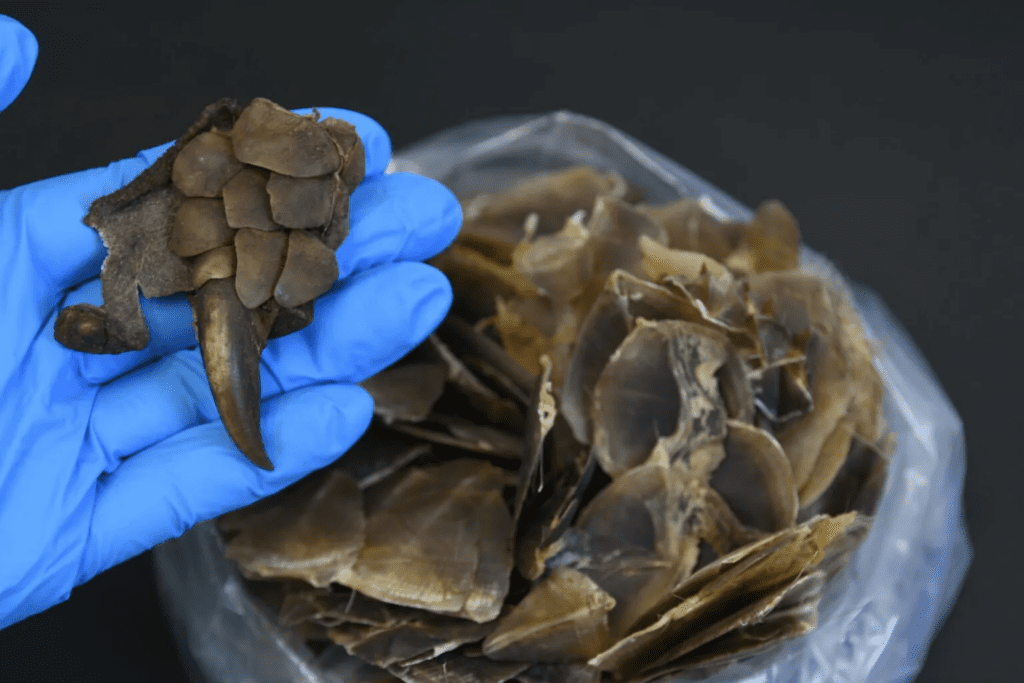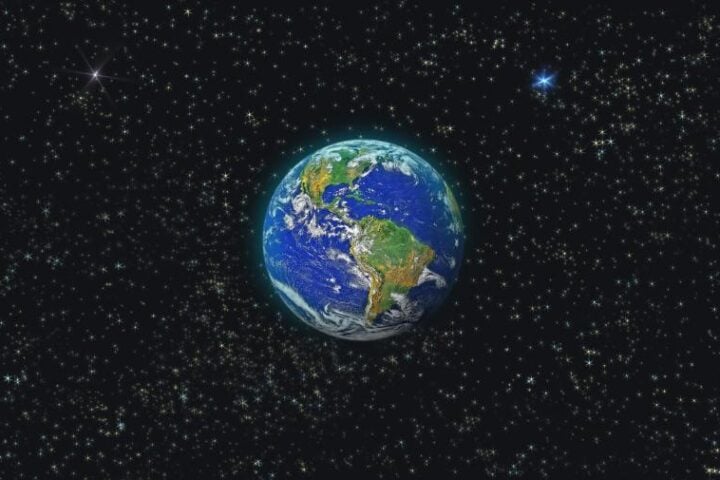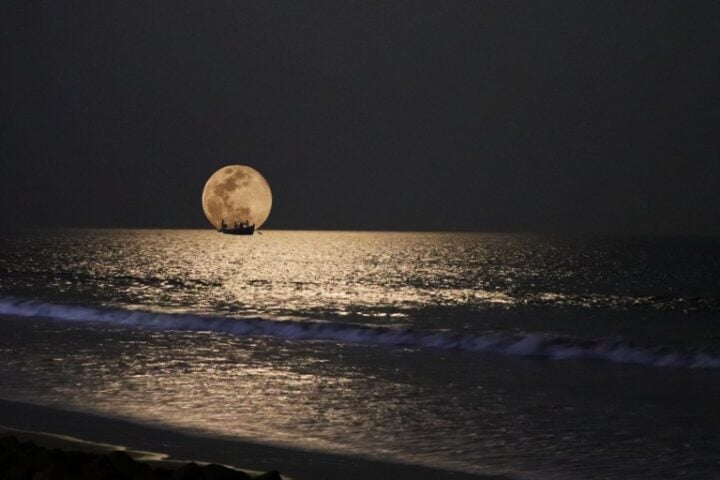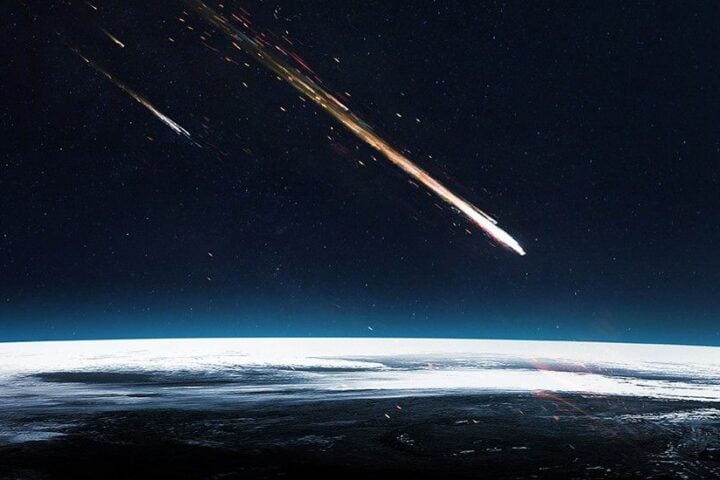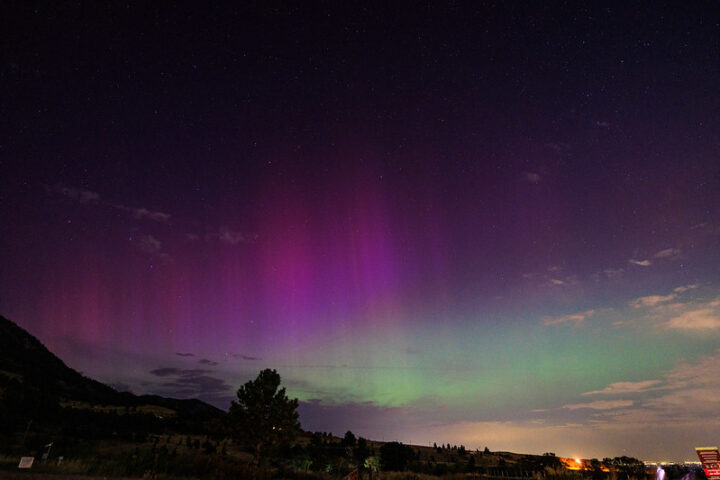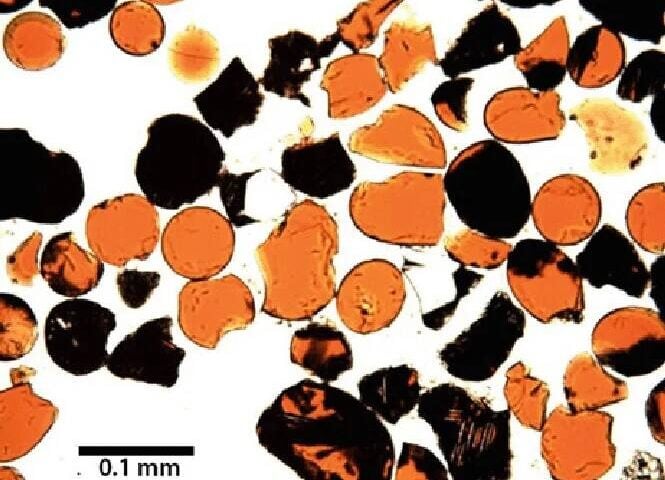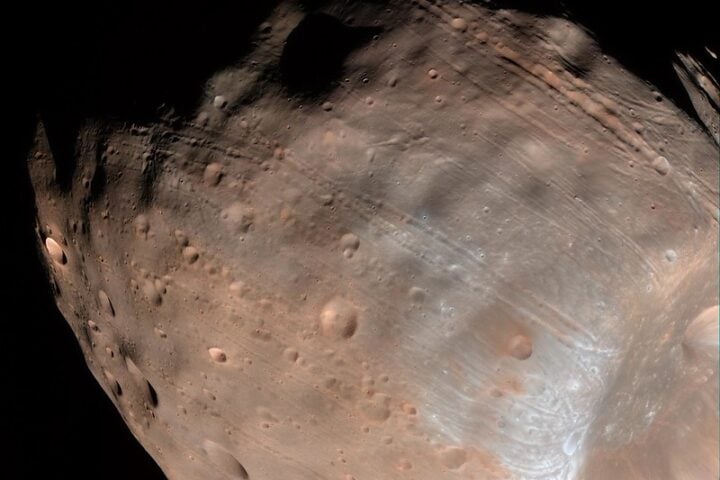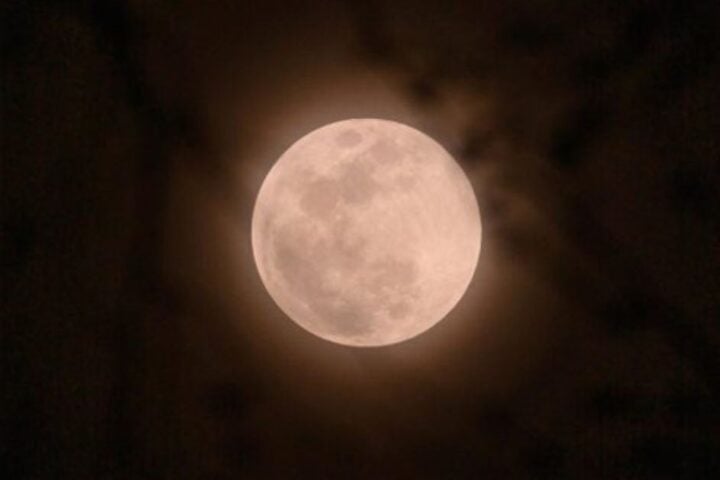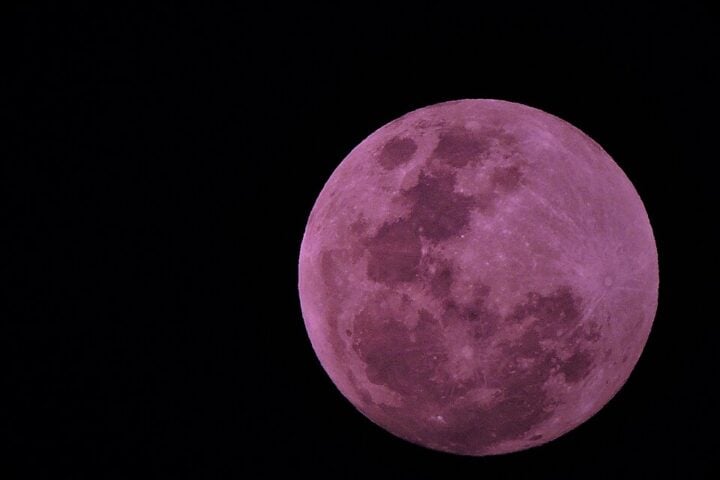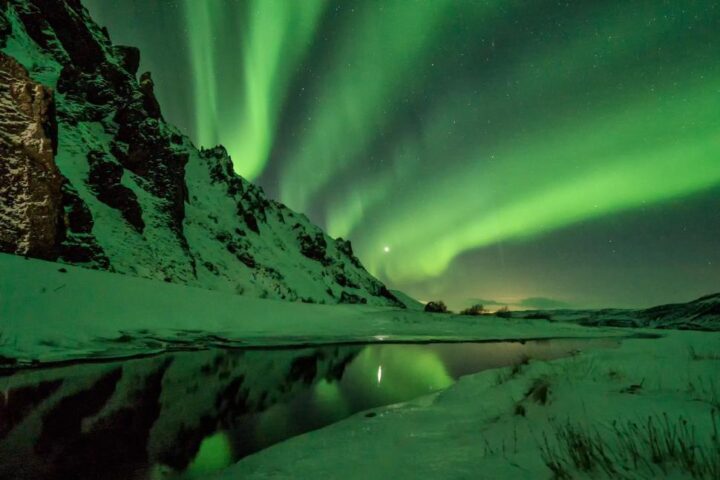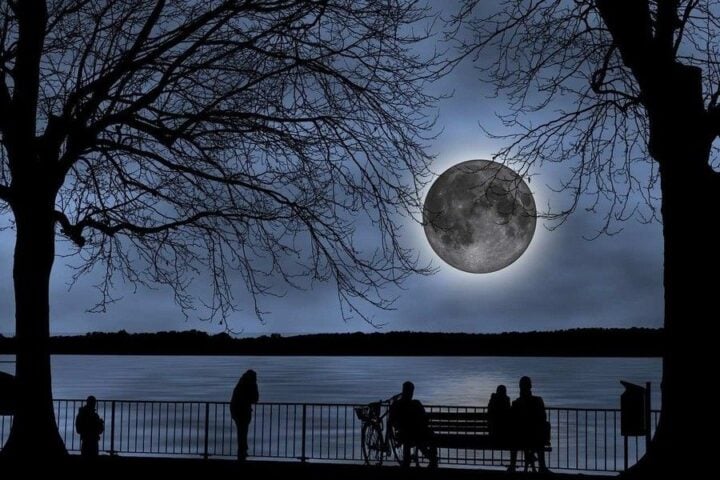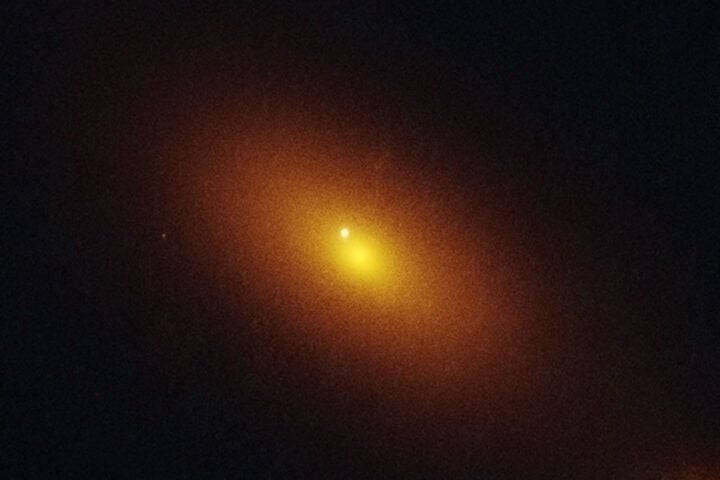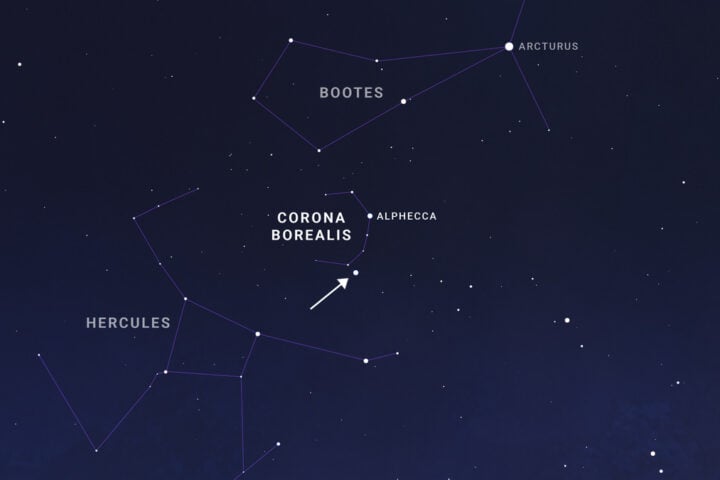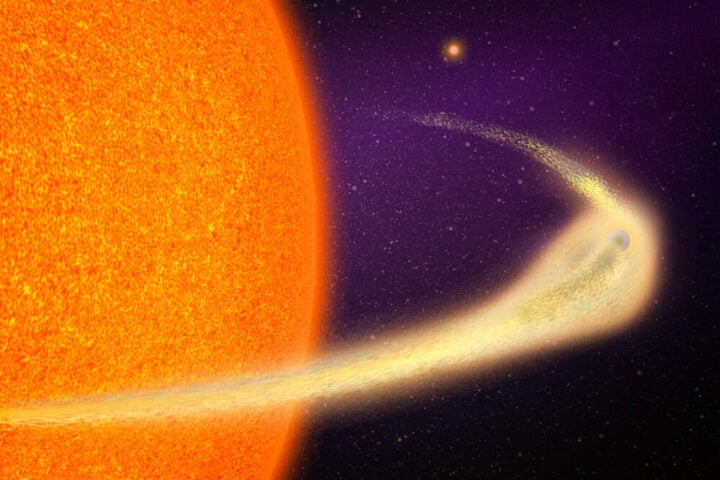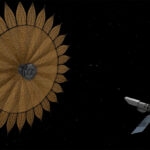Beneath the celestial dance of Jupiter and its moons, lies Europa, a mysterious icy world, painting a canvas of cosmic wonder. With a surface smoother than a ballroom floor, Europa waltzes through the cosmos, its reddish-brown regions whispering tales of unknown compounds, possibly a symphony of sulfur, magnesium, and chlorine. Ah, the music of the spheres, irradiating the ice, crafting a composition of salts and sulfuric acid!
Europa’s surface, a masterpiece of water ice, boasts one of the smoothest landscapes in the solar system, devoid of the craters and mountains that scar other celestial bodies. This youthful and smooth façade has sparked the curiosity of astronomers, leading to speculations of a world alive with subsurface ballets – tectonic movements and ice volcanism, renewing the surface in a cosmic dance.
Adorning Europa’s icy shell are the striking “lineae,” linear features that sketch the tales of tidal forces from Jupiter, possibly crafting cracks in the ice. Could the dark, reddish material within be sea salt from a hidden ocean, exposed to radiation, or perhaps compounds that have risen from the depths below? The cosmic dance continues, as we ponder the mysteries of these linear tales.
Similar Posts
Europa’s surface is also a canvas of “chaos terrain,” a landscape where the ice appears to have danced in a chaotic pattern, forming ridges, cracks, and plains. Theories suggest a dance of warm water rising, melting the ice, and crafting a chaotic masterpiece on the surface.
Beneath the icy shell, the dance of the cosmos hints at a subsurface ocean, a revelation made by the Galileo spacecraft’s magnetic field measurements. This hidden ocean, potentially harboring twice as much water as Earth’s, dances beneath an ice shell 10 to 15 miles thick, in a rhythm of mystery and wonder.
The discovery of carbon dioxide in the region known as Tara Regio serenades astronomers with implications for life. This CO2, believed to have originated from the subsurface ocean, along with table salt, provides clues to the internal chemistry of this hidden sea. Could Europa’s ocean be a ballroom for life, containing the necessary elements for the cosmic dance of existence?
The curtain rises for the upcoming acts – the European Space Agency’s Jupiter moon probe Juice and NASA’s Europa Clipper mission. These celestial voyagers aim to explore Europa’s mysteries further, seeking to uncover the secrets of its surface chemistry, subsurface ocean, and potential plumes of water or volatile gases.
The possibility of discovering life on Europa is a cosmic symphony, a dance of excitement and wonder. While any potential life forms are expected to be microbial dancers in the extreme conditions of the subsurface ocean, the discovery would be a crescendo in our understanding of extraterrestrial life, a harmonious revelation in our solar system and beyond. The dance of the cosmos continues, as we explore, wonder, and seek to understand the mysteries of Europa and the universe.

